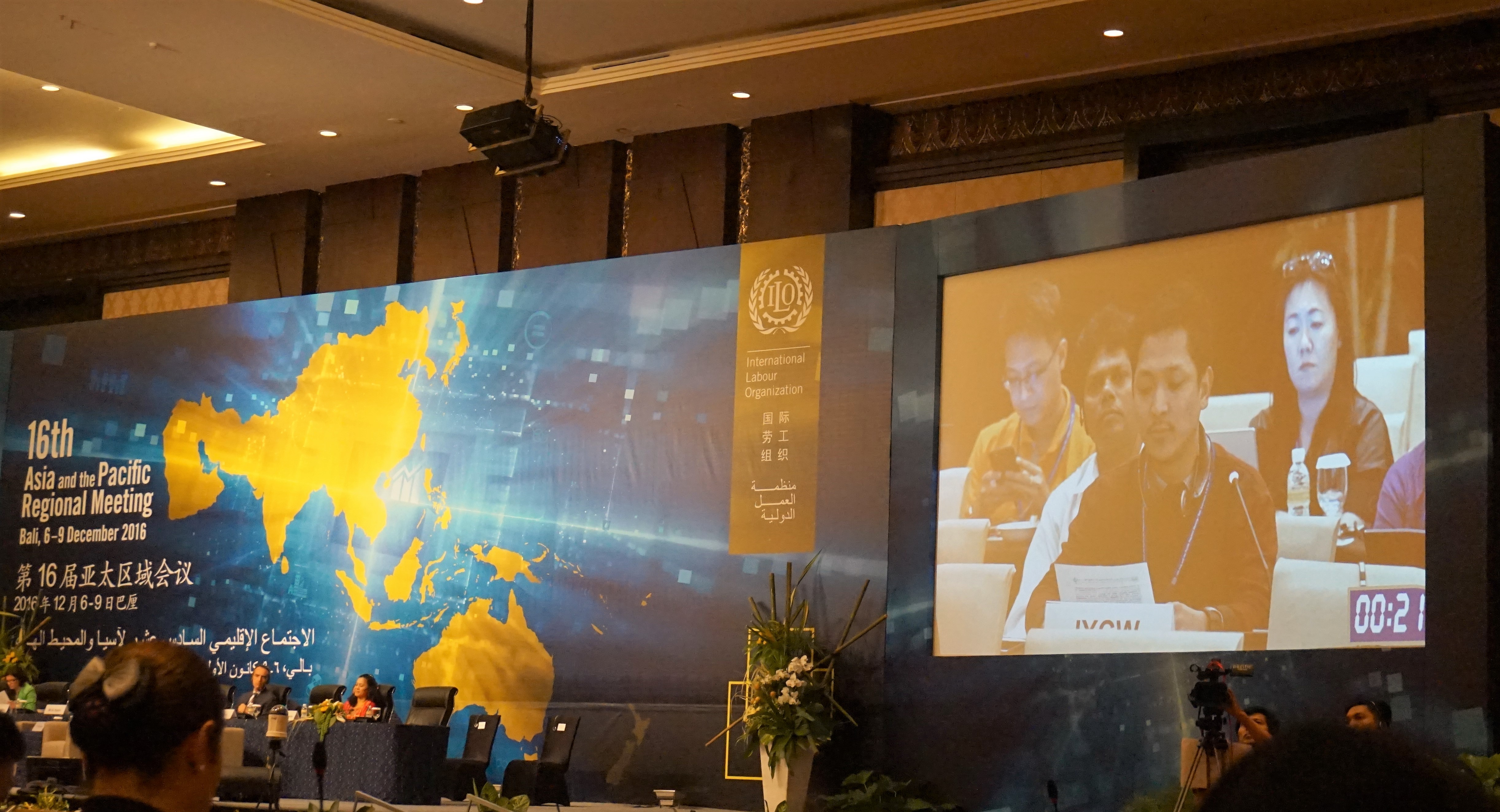
The Asia and Pacific region includes 47 countries that account for about 61 percent of the total world population. Data suggest that in 2016, more than 4.5 billion inhabitants out 7.4 billion worldwide belonged to that region. Asia-Pacific is home to diversified cultures and traditions.
According to the International Labor Organization (ILO) during its 16th Asia-Pacific Regional Meeting held in Bali, Indonesia, Asia-Pacific also provides more than 60 percent of the labor force worldwide. Over the past years, it has experienced a significant decline in poverty rates, a growth of modern industries and has a more educated labor force. However, employment which is a key factor in helping people move out of poverty remains stubbornly low. The sustained economic growth and dynamism does not translate into social progress and only benefits the few.
Progress and Challenges
The World Bank has raised the poverty line to $1.9 a day but it does not mean anything. Although data show that the number of extreme poor dropped rapidly from 21 percent (2006) to 10 percent (2015), the wages of the workers have devaluated many times and have never increased over the past years due to the inflation and global crisis. The increase in basic food and human needs is way out of line with the living wage. The Decent Living Wage issue is not new to the ILO but yet people in many countries still survive on a minimum wage that should be called poverty wage!
Many young people in Asia-Pacific have been greatly affected by unemployment, with 1 out of 8 young people being unemployed. Although the social protection coverage in Asia-Pacific is wider today with greater public investments, millions of own-account workers, self-employed and informal workers remain vulnerable without access to social protection.
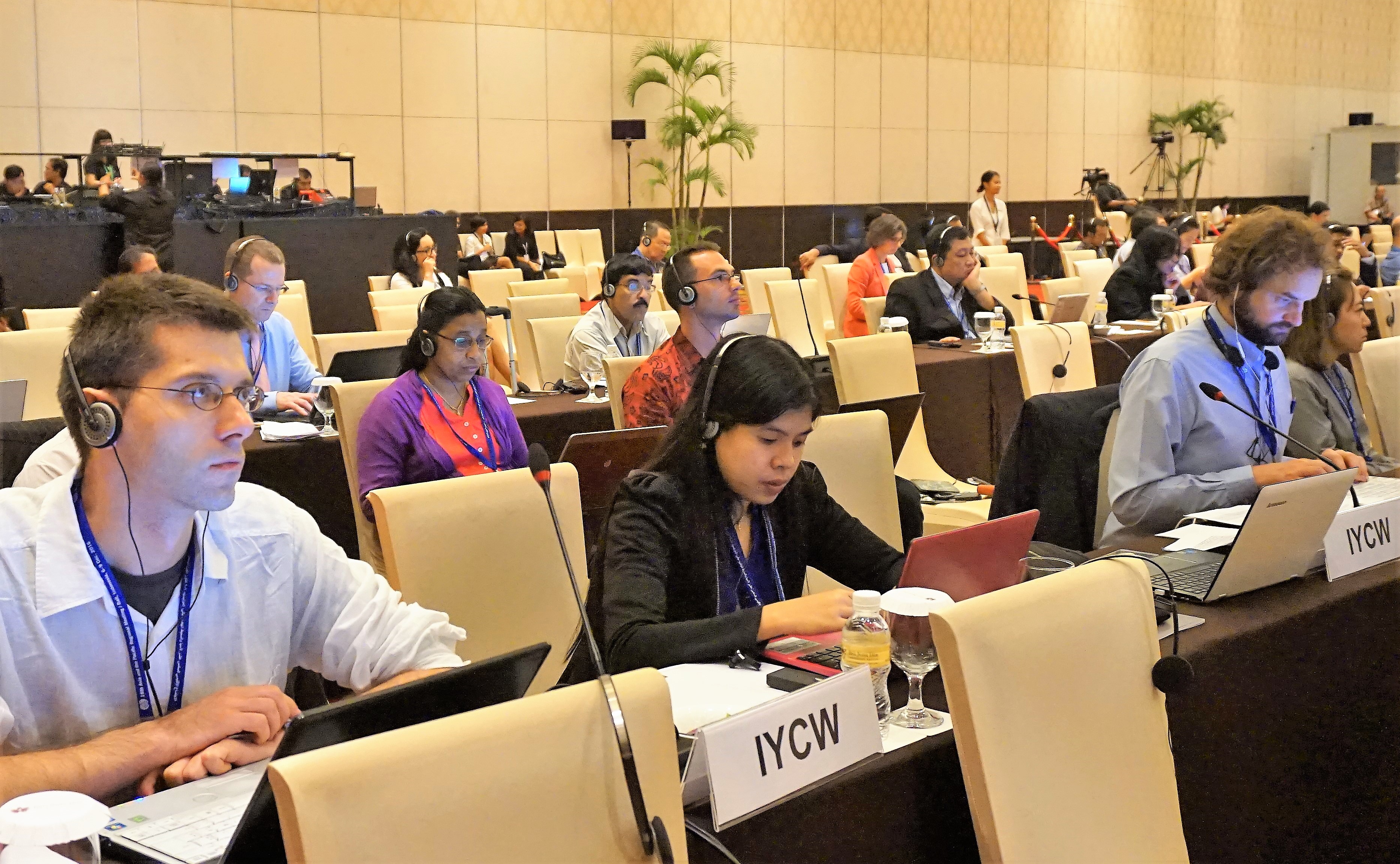 Labor migration remains a phenomenon in the region, especially in South Asia and South-East Asia where people are looking for better job opportunities. The region recorded around 244 million migrants and out of it 150 million are workers. While they are contributing to the gross domestic product of their own country, they often have very little protection and are not recognized. In their countries of origin, migrant workers suffer from high recruitment fees when they apply for the job, and when they arrive in the country of destination, most often they face poor working conditions. They do not have the job that was promised by recruitment agencies, no labor contract is signed and worst, the employers’ control over migrant workers restrict their mobility. This situation is being aggravated by the lack of coordination between the governments of the sending and receiving countries.
Labor migration remains a phenomenon in the region, especially in South Asia and South-East Asia where people are looking for better job opportunities. The region recorded around 244 million migrants and out of it 150 million are workers. While they are contributing to the gross domestic product of their own country, they often have very little protection and are not recognized. In their countries of origin, migrant workers suffer from high recruitment fees when they apply for the job, and when they arrive in the country of destination, most often they face poor working conditions. They do not have the job that was promised by recruitment agencies, no labor contract is signed and worst, the employers’ control over migrant workers restrict their mobility. This situation is being aggravated by the lack of coordination between the governments of the sending and receiving countries.
Freedom of Association is also a growing concern in the region. It is noted that only 27 out of 47 countries have ratified the ILO Convention No. 87 (Convention on Freedom of Association and the Right to Organize Conventions); it is particularly an issue in the Arab Countries. While some countries have a trade union monopoly, others suffer due to the interference of the governments and capitalists in creating new trade unions and federations (yellow unions) in order to weaken the existing workers’ unions. Harassment, threats and the use of (military) force are among the violations of the rights of trade unions by the states and capitalists.
Gender inequality is still in place and not been fully addressed yet. Gender pay gap is widely visible, and in terms of participation in the labor force, women make up only 32 percent. Most jobs for women are vulnerable and undesirable. Women always need to struggle for the continuity of their career path. Most often they give up their jobs when they get married and have a family.
Just Work Challenge
The development of new technologies truly creates new jobs, but we cannot deny the fact that it is also destroying some existing jobs. The big question is how to balance these two opposing developments and how to manage to have the best social advantages.
60 percent of the region’s jobs are provided in the garment, electronics and automobile industries. According to the ILO the growth in the global supply chains (GSC) have created many employment opportunities but it comes with an increase in work precariousness.
The Worth of a Young Worker
The general situation of workers in Asia-Pacific also reflects the general situation of the young workers identified at the recently concluded IYCW International Council. The movement has affirmed its commitment to work on the following issues:
1. Precarious work, flexibility and outsourcing
2. Informal work and social protection
3. Youth unemployment
4. Youth migration and refugees
5. Just work (decent living income, freedom of association and occupational health and safety)
6. Gender equality.
The IYCW is responding to the call of Pope Francis that “just as the commandment ‘Thou shalt not kill’ sets a clear limit in order to safeguard the value of human life, today we also have to say ‘thou shalt not’ to an economy of exclusion and inequality.” We must show our love for our brothers and sisters and ensure “no one is left behind.”
The action of the IYCW in Asia-Pacific and across other continents is guided by our principle of “Just Work, Equality and Dignified life for all”.
The Call of Young Workers and World Solidarity on the 16TH ILO Asia and Pacific Regional Meeting
- Invest in Social Protection at national level with comprehensive policies. Countries in Asia-Pacific need to aim for Social Protection Floor for All, irrespective of gender, migration status, ethnic or social origin, religion or occupation.
- Realization of the right to health care.
- Implementation, development and monitoring of stronger regulation on fair migration. Both sending and receiving countries should offer just work that respects the basic rights of workers, including the right to organize and collectively bargain.
- Improve governance in global supply chains. The best way to go is through the negotiation and implementation of legally binding agreements together with the suppliers, global unions and local unions.
- Call for Decent Living Income.
By Andy Predicala

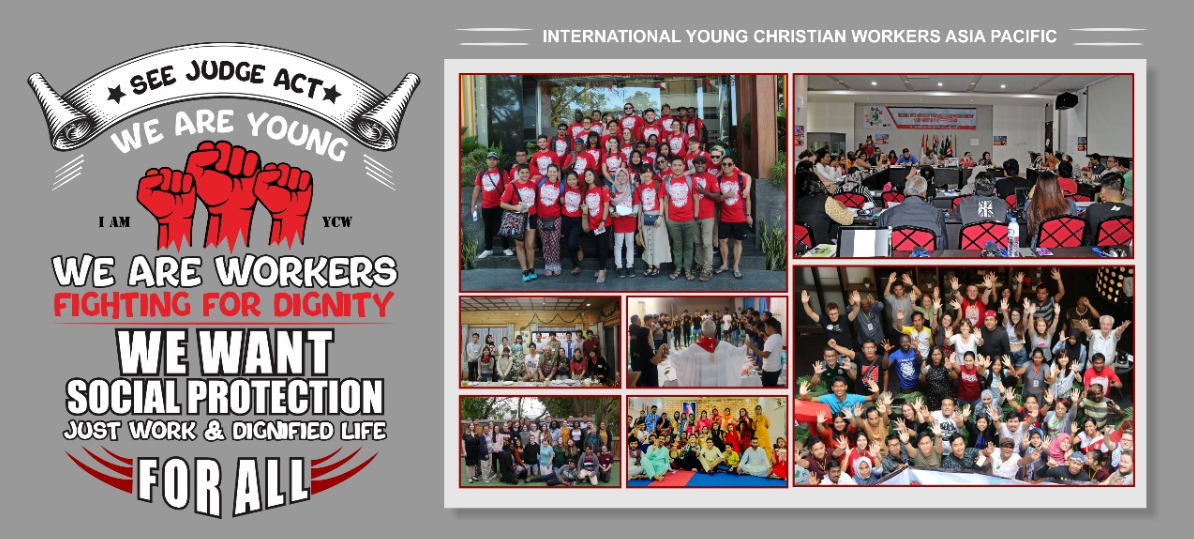
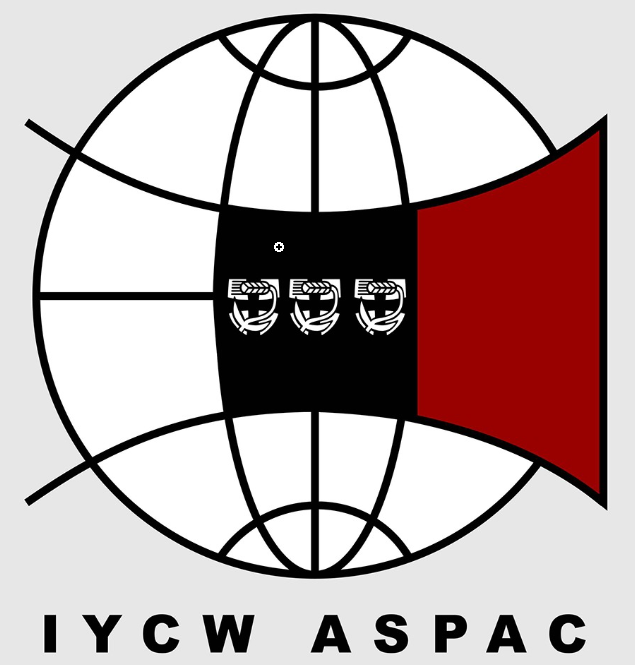


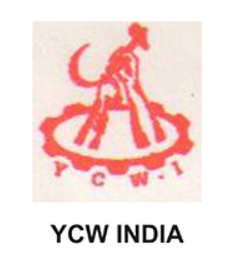
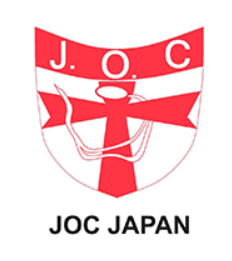
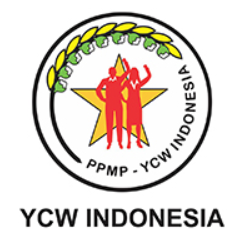
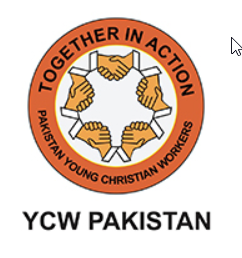
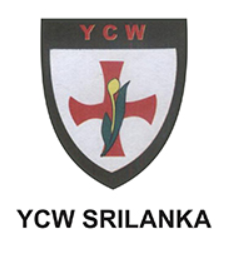


 English
English  Español
Español  Français
Français